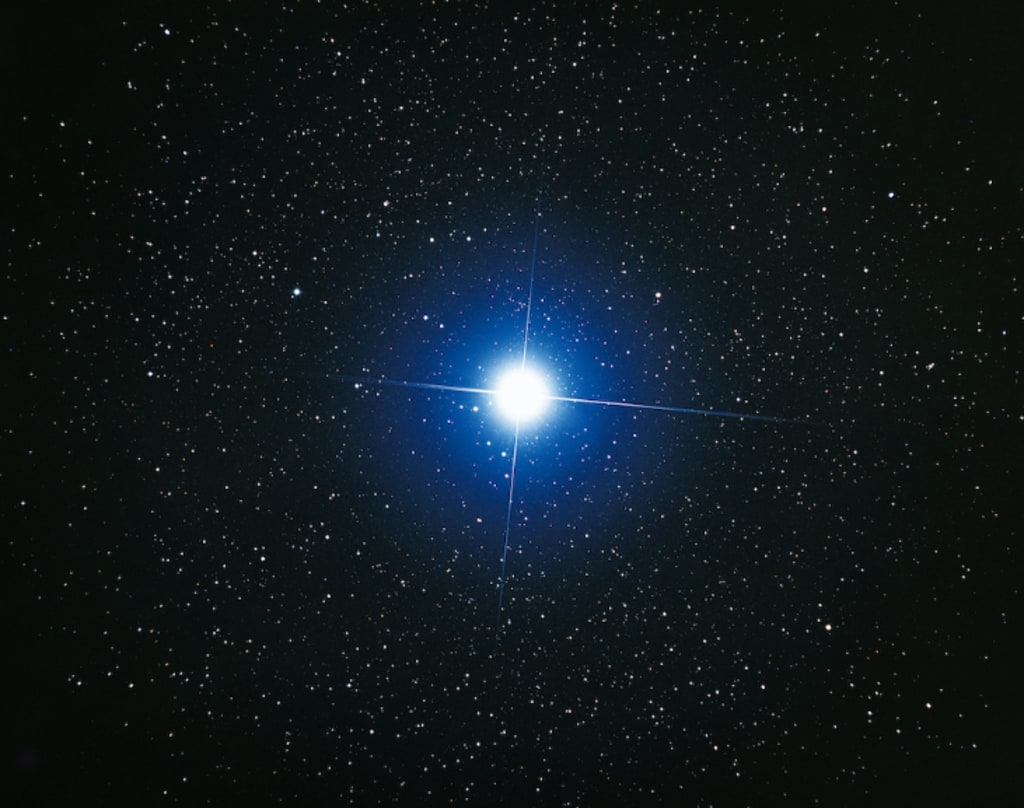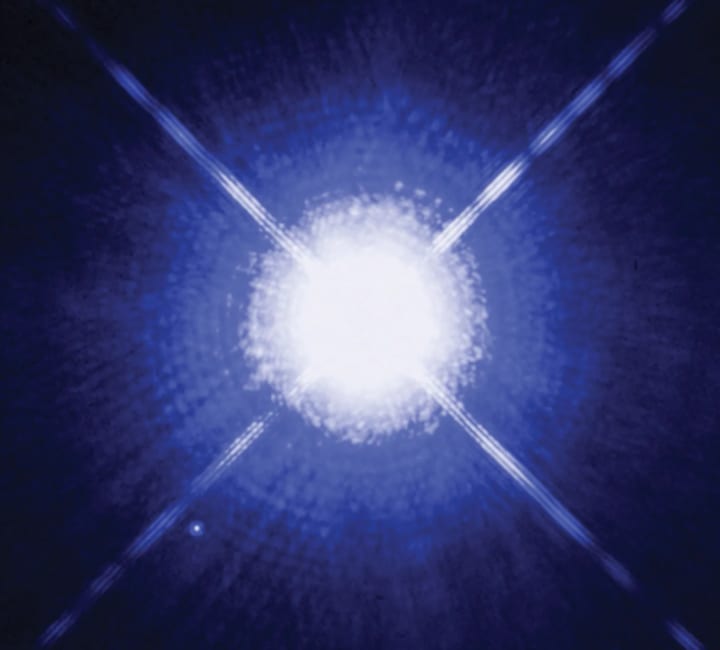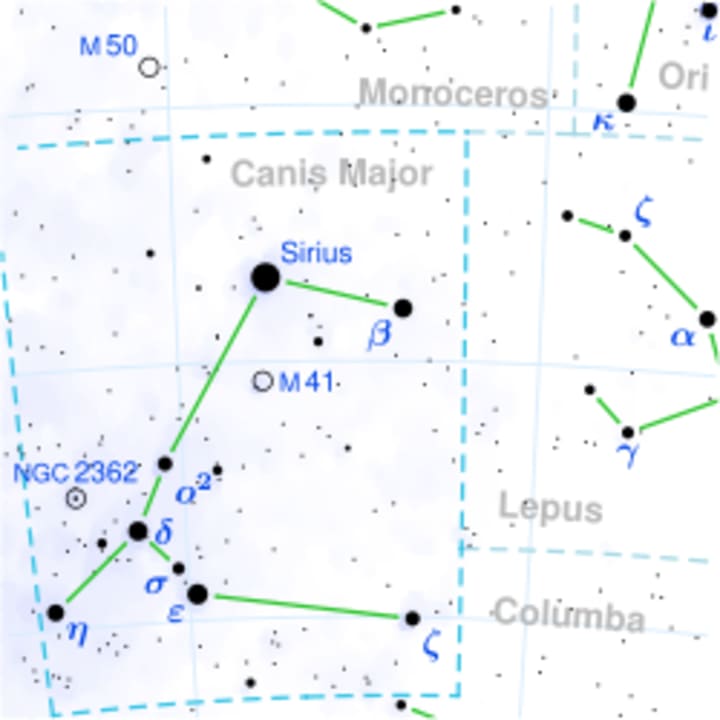What is the brightest star in the night sky?
A guide to understanding the history and characteristics of Sirius, the brightest star in the night sky.

The brightest star in the night sky, without any doubt, is Sirius. It is a part of the constellation Canis Major, located in the south-west region of the sky. Sirius is also known as the "Dog Star," and it is visible in the Northern Hemisphere during the winter season.
Sirius has an apparent magnitude of -1.46, making it almost twice as bright as the next brightest star, Canopus. It is also one of the closest stars to our solar system, located at a distance of only 8.6 light-years from Earth.
Introduction:
The night sky is a beautiful and mysterious spectacle that has fascinated humans for thousands of years. It is filled with stars of varying brightness, each with their own unique characteristics and stories. However, there is one star that stands out from the rest – Sirius. Known as the "Dog Star", Sirius is the brightest star in the night sky and has captured the attention of astronomers, astrologers, and skywatchers alike. In this article, we will explore the history, mythology, and scientific characteristics of Sirius to understand why it is considered the brightest star in the night sky.

History:
The history of Sirius dates back to ancient civilizations, who noticed the star's brightness and began to incorporate it into their mythology. In ancient Egypt, Sirius was known as "Sopdet" and was associated with the goddess Isis. The appearance of Sirius in the morning sky was a sign that the Nile River would soon flood, bringing life-giving water to the land. The ancient Greeks also had a strong fascination with Sirius and called it "Seirios", meaning "glowing" or "scorching". They believed that the appearance of Sirius in the sky was a sign of the hottest days of summer, known as the "dog days".

Scientific Characteristics:
Sirius is located in the constellation Canis Major and is approximately 8.6 light-years away from Earth. It is actually a binary star system, consisting of a main-sequence star called Sirius A and a white dwarf companion called Sirius B. Sirius A is the brightest of the two and is classified as a spectral type A1V star. It has a surface temperature of approximately 9,900 Kelvin and a luminosity that is 25 times greater than that of the Sun. Sirius B, on the other hand, is a small, dense star that is approximately the size of Earth. It has a surface temperature of approximately 25,000 Kelvin and is believed to have once been a larger star that underwent a supernova explosion.
One of the reasons why Sirius appears so bright in the night sky is due to its proximity to Earth. It is the fifth closest star system to our Solar System and is visible from almost every inhabited region of the Earth's surface. Additionally, Sirius is a relatively young star, with an estimated age of only 200-300 million years. This means that it is still burning through its nuclear fuel at a high rate, making it an incredibly luminous and bright object in the sky.
Observing Sirius:
If you want to observe Sirius in the night sky, the best time to do so is during the winter months in the Northern Hemisphere. It is most easily seen in the early evening, just after sunset, and can be found in the southeast sky. If you have trouble locating Sirius, you can use the constellation Orion as a guide. Sirius is located to the left of Orion's belt and is the brightest star in the constellation Canis Major, which means "greater dog".
Conclusion:
Sirius has captured the attention of humans for thousands of years and continues to be a fascinating object in the night sky. Its history, mythology, and scientific characteristics all contribute to its status as the brightest star in the night sky. While we may never fully understand the mysteries of the universe, the beauty and wonder of stars like Sirius will continue to inspire and captivate us for generations to come.
About the Creator
Subin @vocal
Not a Regular Blogger. But loves to share my thoughts, movie and drama recommentations.
Enjoyed the story? Support the Creator.
Subscribe for free to receive all their stories in your feed. You could also pledge your support or give them a one-off tip, letting them know you appreciate their work.






Comments
There are no comments for this story
Be the first to respond and start the conversation.